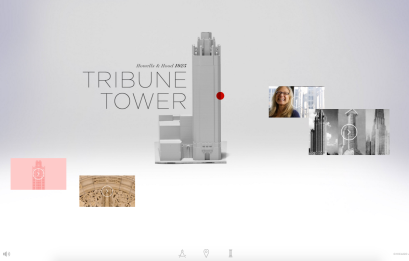Our project’s narrative, structure, and use of Omeka and social media were thoughtfully and throughly explained in Amber and Josh’s blog posts for this week. I wanted to delve into our project’s theme of movement by detailing how Lalime’s(?) bones found their way to the Chicago Historical Society (now the Chicago History Museum).
At the time of his donation, Chicago novelist and literary realist Joseph Kirkland had just published The Captain of Company K, characterized by one reviewer as “the greatest war picture ever painted except Tolstoi’s Sebastopol,” and was looking for a Chicago-related topic in anticipation of the city’s forthcoming Columbian Exposition. hearing a rumor that a skeleton found at a north side construction site might be that of Jean Lalime, he discussed the remains with fellow CHS member Fernando Jones. A real estate entrepreneur and politician, Jones was an early Chicago resident known for donning “Indian” regalia at CHS meetings and composing off-color poetry; he also frequently testified in court concerning real estate boundaries. Arranging for the transfer of the skeleton to the society the two men “entertained a delighted audience” at a quarterly meeting on July 21, 1891 “with clear and ample statement of all known circumstances connected with the killing of John Lalime.”
It is not known for certain that the north side skeleton and CHM’s remains are identical as they traveled a circuitous route between discovery and donation, passing from unenthusiastic construction workers to the Chicago police and the county morgue before Kirkland recovered them “at a merely nominal expense” over a month later.
Jean Lalime’s supposed bones have never truly been at rest. It’s true Lalime stayed buried for quite a long time on Kinzie’s property. However, it’s debatable that he was truly at rest; it’s difficult to speculate as to how Lalime would feel about being buried in his murder’s front yard.


